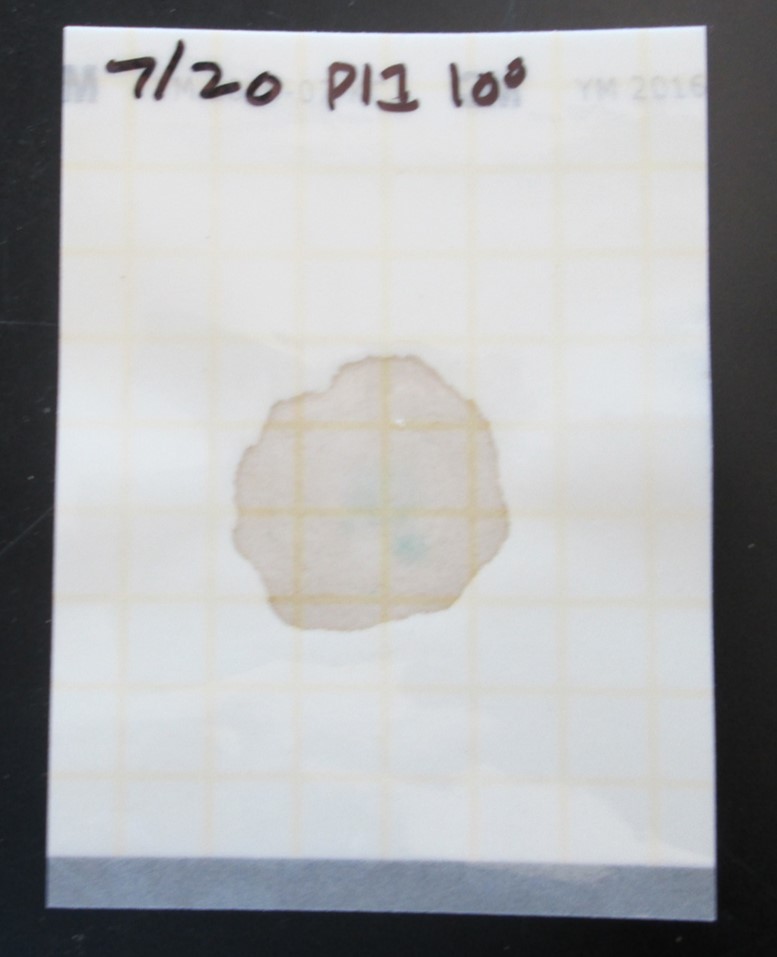|
Follow these instructions for the Serial
Dilutions
|
|
I.
Use a clean transfer
pipette to add 10 ml of distilled water to a 15 ml culture tube. Label
the tube "100."
|
II.
Use the same pipette
to add 9 ml of distilled water to a second 15 ml culture tube. Label the
tube "10-1."
|
III.
Use the same pipette
one last time to add 9 ml of distilled water to another 15 ml culture
tube, labeled "10-2."
|
IV.
Place 1 cc of your
soil sample into the "100"
culture tube.
|
|
V.
Cap the tube and shake vigorously.
|
|
VI.
Using a new clean
pipette, remove 1 ml of the soil/water mixture from the "100"
and place into the "10-1"
tube.
|
|
VII.
Cap and shake vigorously.
|
VIII.
Using
the same pipette from step 6, remove 1 ml of the soil/water mixture from
the "10-1"
tube and place in the "10-2"
tube.
|
IX.
Cap and shake vigorously.
|
|
X.
You should now have a total of three culture tubes.
|
|
XI.
Plate 100 microliters of each of the samples on nutrient agers. Make sure
to use a different plates for each tube.
|
XII.
Allow to grow for 48 to 72 hours. Keep the time the same for each plate
|
XIII.
Examine each of the
plates for individual fungal colonies and write down the results. To
Identify Mycorrhizal fungi use a magnifying glass to look for a dark dot
in the center of the fungus. Use a thin Sharpie to outline each
mycorrhizal fungus.Use
the formula ( # Microbes in 1 cc of soil = # Colonies on sheet x 102
x 10(abs
value of degrees of dilution))
Back to Method |
